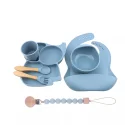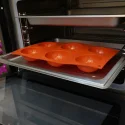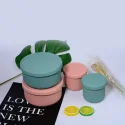Process of making silicone molds and custom molded silicone parts
2021-11-22
Silicone is becoming a major key player in the manufacturing industry with its efficiency and benefits. Silicone has led to the introduction of a significant number of silicone products that have been well accepted in the market by various consumers.
The process of manufacturing silicone products involves using a variety of fabrication methods. These methods help create the ideal shape and design of silicone molds and custom molded silicone parts. The decision to choose the appropriate fabrication method is very crucial.
There are various fabrication methods for silicone rubber. In this article, we will focus more on a few techniques. These techniques are essential in making silicone molds and custom molded silicones.
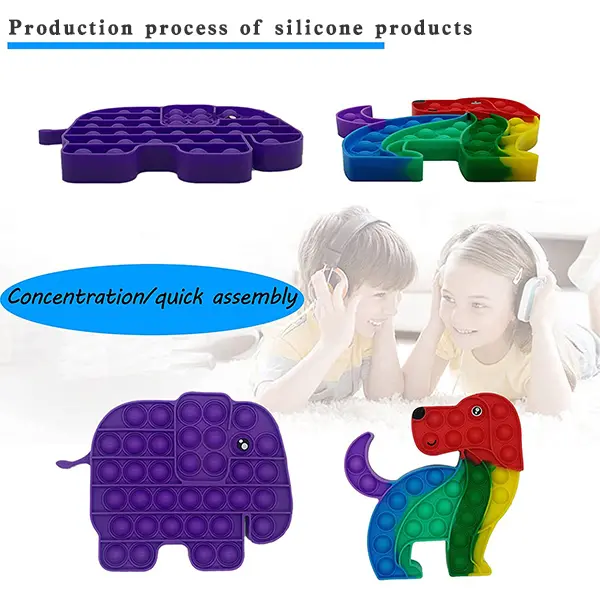
Methods used to make silicone molds and custom molded silicone.
Silicone Molding is the process of transforming silicone rubber into a desired shape and size. In most cases, Liquid silicone rubber is used in making these silicone products.
This process involves using different methods: Liquid injection molding, Compression molding, Extrusion molding, Calender molding, Infusion molding, and Coating molding.
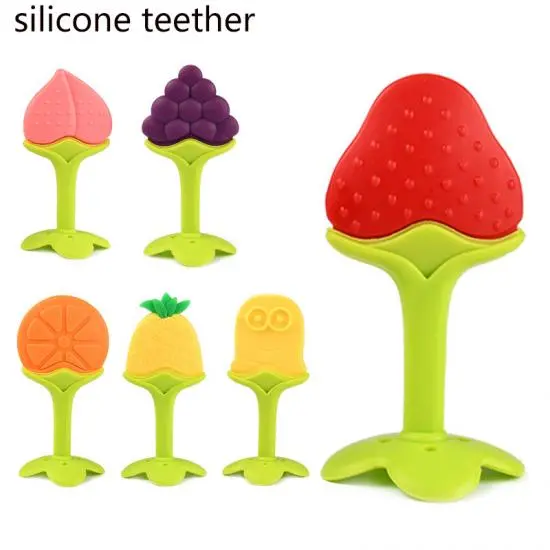
Review of methods used in making silicone molds and custom molded silicone.
1. Silicone Compression molding
In this process, two plates are involved, the plunger and the cavity plate. Silicone rubber is placed in an open heated cavity. A heated plunger then closes the heated space while applying pressure. As the silicone turns to liquid, it is pushed into all parts of the hot area. The heat and pressure applied are maintained until the material is formed. The cavity is opened the final product is taken away.
2. Liquid Silicone injection molding
This process relies heavily on the mixing of raw materials. The raw materials are put in a heated cavity with pressure. As the raw material gets heated, it takes the form of a hollow part. The well-mixed material is pushed into a mold cavity. After cooling and hardening, the finished product is extracted.
3. Silicone Extrusion molding
In this method, the silicone granules are put in a feeder. This feeder feeds this silicone into a heated chamber where a screw rotates. The silicone is pushed through a designated heated dye that shapes the product before it cures. Next, the silicone is passed through water and cooled. At this stage, the material is then be cut into the specification of the final product.
4. Silicone Calendar Molding
Calendering is a process that is designed to create products continuous before processing them into the final product. In this process, multiple rollers compress a semi-liquid raw material into a sheet of uniform thickness.
5. Silicone Infusion molding
Vacuum infusion molding is a process that involves a closed mold. It distinguishes itself from the rest by being the only method that uses atmospheric pressure to push raw material into a mold cavity.
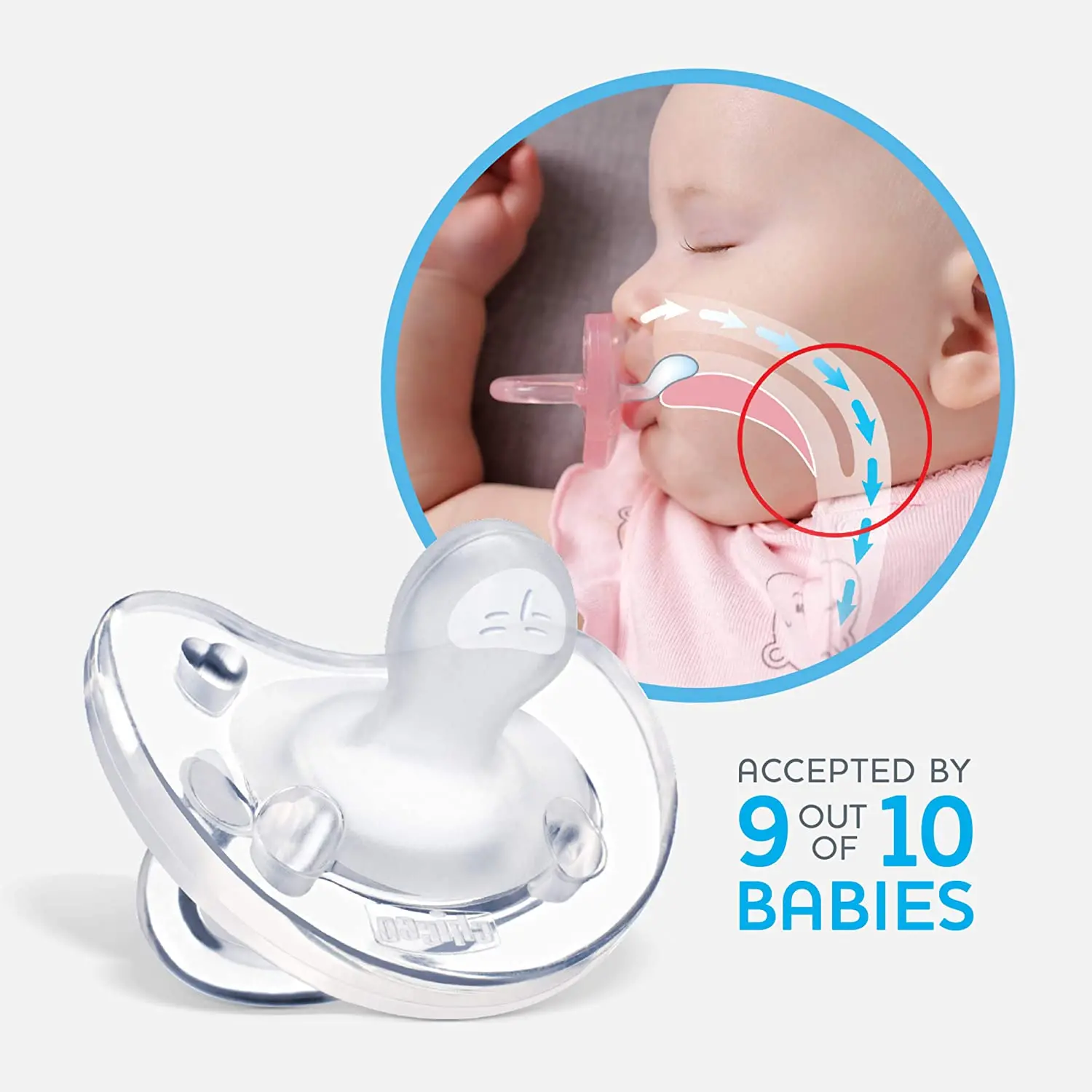
Conclusion
All the mentioned methods play a vital role in ensuring silicone products are always available in the market. It also makes sure the quality of these products is maintained.
Shenzhen LYASilicone rubber Products Company is an environmentally friendly company. It specializes in the design, production, and sales of silicone rubber products with over 20 years of industry experience. They support high-volume production.
Exploring the Versatility of Silicone Bibs: Care and Maintenance Tips
